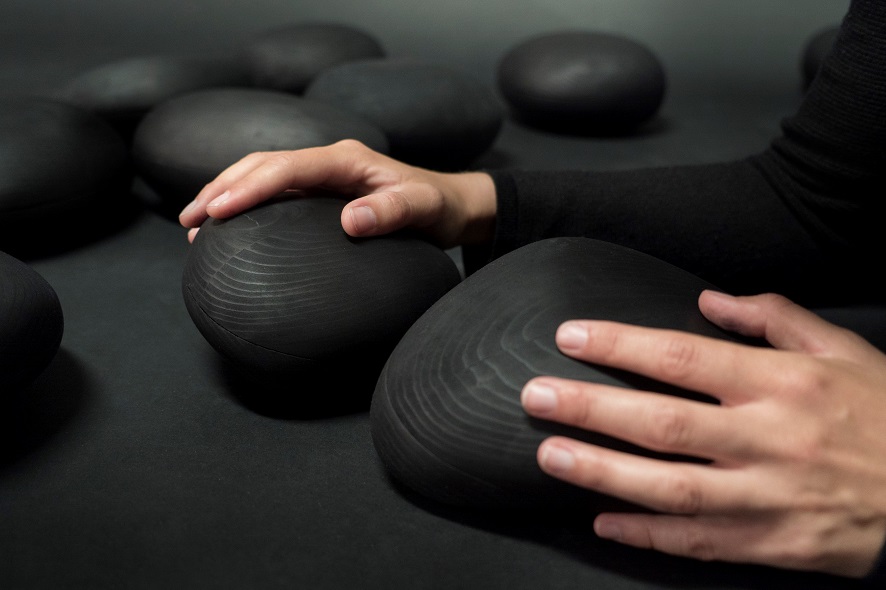This festival event has long since achieved “tradition” status. In cooperation with Linz Art University, Ars Electronica annually invites an outstanding international university to stage its own exhibition at the Festival. This year, September 6-10, 2018, the guest institution is Hexagram, a Canadian research network known for its research-creation approach that combines science and art.
In this interview, curator Anna Kerekes told us what research-creation is all about, what areas Hexagram focuses its research on, and which works festivalgoers can look forward to at this year’s Campus Exhibition.
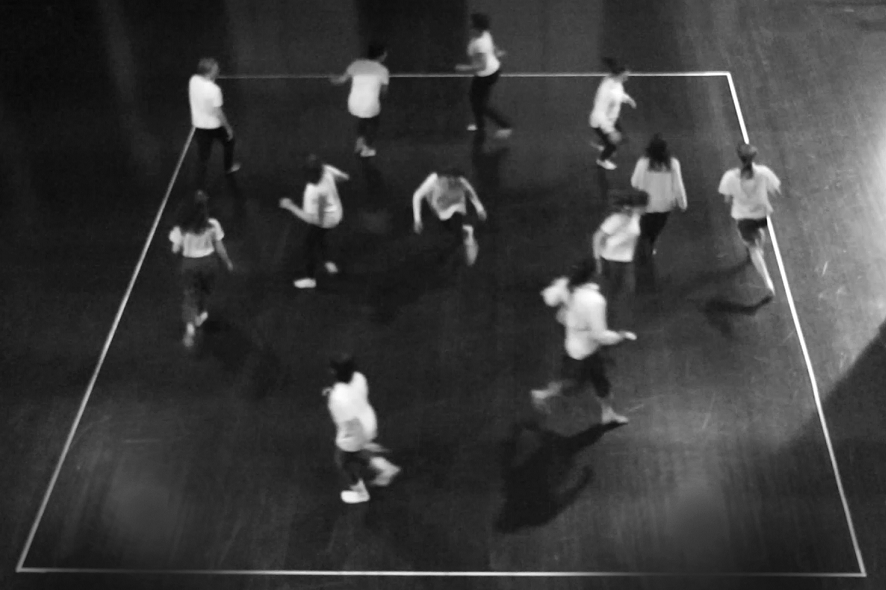
Generative Chorus. Credit: Marine Theunissen
Hexagram was chosen for this year’s Campus Exhibition at Linz University of Art and Design for the 2018 Ars Electronica Festival. Can you tell me a little bit about the international network?
Anna Kerekes: Hexagram is an international network dedicated to research-creation in the fields of media arts, design, technology and digital culture. The network consists of over eighty members working from University of Quebec in Montreal and Concordia University, with additional researchers from University of Montreal, University of Quebec in Chicoutimi, École de technologie supérieure and McGill University. The network collaborates with organizations in Quebec, across Canada, and around the world.
The quality and diversity of research and technical infrastructures available to researchers and graduate students makes Hexagram unique. Hexagram has two central goals: first, promoting collaborative work between Hexagram researchers to develop theoretical, methodological concepts, tools, processes and practices for the promotion of research-creation as an emerging field and secondly, consolidating, exchanging and exporting this expertise on the international stage.
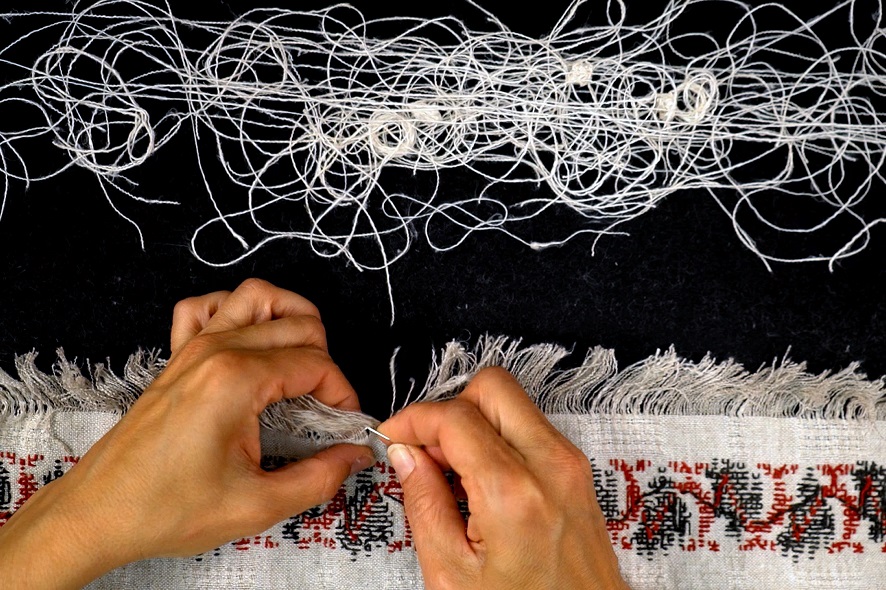
Un-weaving. Credit: Eugenia Reznik
Hexagram’s research program is focused on three axes – what are they and why were they chosen to structure Hexagram’s program?
Anna Kerekes: The research program for 2014 to 2020 of Hexagram is based on the three axes Senses, Embodiment and Movement; Materiality; and Ubiquity. These axes reflect the changing landscape of media arts, design and technology research with the inclusion of researchers from sociology, art history, anthropology, game studies, philosophy and communication/media studies in addition to artists and designers in the network.
The axis senses, embodiment and movement brings together research-creation projects that explore the associations between the body, technology and the social sciences within contemporary culture and the media of everyday life. Exploring the unavoidable relationship between technology and the “moving-thinking-feeling” body—both human and otherwise, within this axis, the following three themes have been identified: performativity and enactment, temporality; dynamics and processuality, perception and affect.
Material agency and practice is the central organizing principle behind the materiality axis, particularly the critical undoing of the human and nonhuman (beings and things) dualism. This research cluster has identified three core subthemes: new life forms/new forms of life, making (DIY) culture, and lives of things agency.
The growing ubiquity of images, networks, computational strategies, interfaces as a conceptual framework and reality embedded in technological advances, which have the potential to transform human interaction with and perspectives on the world is the focus of the ubiquity axis. It is articulated through the three themes networks and archives, transcultural media and mediated public spaces.

SOLA. Credit: Agustina Isidori
One of the most interesting points about Hexagram is that is not only focused on research, but rather on research-creation. What does this mean?
Anna Kerekes: Research-Creation is a developing research trend in Canada’s academic milieu, linking the interpretive disciplines, humanities and social sciences, with creative ones, art and design. This involves the creation of knowledge in and through creative material and performative practice. Since research-creation is inherently a practice, the network presents a great diversity of research-creation practices among its members. A large survey was set up this spring for all Hexagram members. We aim to map the network and its members’ research-creation practices.

ISLAND. Credit: Olivia McGilchrist
In the selection of the presented works for the exhibition, what were your focal points?
Anna Kerekes: Hexagram’s exhibition, Taking Care, will present twenty works from our student members. The exhibited projects operate at the intersection of ethical-aesthetic concerns. They are not meant to be prescriptive – describing the good life – but rather speculative, asking what the possibilities and conditions of life in the present and future could be. Expressed through a range of forms and media including games, VR, performance, installation, biological art, textiles, sound, video and photography, the projects all involve the use of contemporary technologies yet, their focus lies beyond the technological. Questions of race, history, narratives of experience, non-human materiality and representation are assembled and entangled with each other. As attention turns to the considerable uncertainty of our future, Taking Care thus examines what is at stake in the ideas and visions of the next generation.
From an open call to Hexagram graduate students across the network, the twenty projects were chosen by a selection committee of Hexagram members and collaborators outside of the university context. The exhibited projects exemplify Research-Creation.
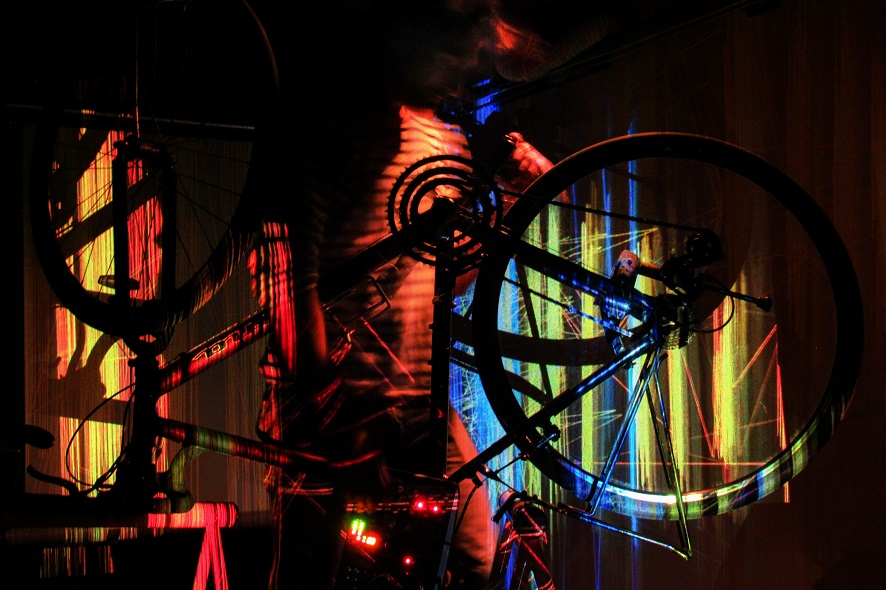
Feedback cycles for Oscillographes. Credit: Guillaume Arseneault
Hexagram puts a big focus on cooperation between its different members. Are there any examples of this that we will maybe get to see this fall at the festival?
Anna Kerekes: Yes, collaboration was an important criterion in the projects selection process for the Campus exhibition Taking Care. We will present the work of François-Joseph Lapointe with Marianne Cloutier Microbiome Rebirth Incubator, along with Barbara Layne and Loren Osmond’s work Maxwell’s equations, Jess Marcotte and Dietrich Squinkifer joint project rustle your leaves to me softly, Sofian Audry and Erin Gee collaboration – to the sooe, as well as the work of Marc-André Cossette with Axelle Munezero Temporalité Expressive.
Moreover, Hexagram has formed a group of multidisciplinary students to coordinate the 2018 edition of Campus exhibition. The team manages all aspects of the organization of the exhibition, from exhibition design, technique and production, writing and communications, curating, to coordinating.

REVOLVE_REVEAL. Credit: Louis-Philippe Rondeau
What are some other highlights we can expect at Hexagram’s exhibition at the 2018 Ars Electronica Festival?
Anna Kerekes: This year, the works of Hexagram artist members will be displayed throughout the spaces of the University of Art and Design and some performances and installations will be programmed at Ars Electronica Festival venues across Linz. One of Ars Electronica’s venues, the Deep Space, will host the performance of one of the Campus artists, Suzanne Kite, as well as a talk on Hexagram’s network by one of its co-directors, Chris Salter. In the exhibition at the Art University, a showcase dedicated to Hexagram’s structure will go hand in hand with the artworks.
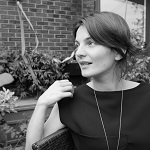
Anna Kerekes works as a curator, artist and researcher. She focuses on media arts and collaborates on various projects in the international art scene. After receiving a masters in curating at the University of Sorbonne-Paris IV, her interest in the making of art led her to pursue a PhD in art studies and practices at the University of Quebec in Montreal, where she specialized in research-creation. Her collaboration with Jonas Mekas transformed how she associates notions of memory and everyday life through artistic practices, making these subjects the focal point of her current work.
This year’s Campus Exhibition, “Taking Care” by the Hexagram international research network, will run at Linz Art University throughout the Ars Electronica Festival, September 6-10, 2018. Details will be posted soon on our website.
To learn more about Ars Electronica, follow us on Facebook, Twitter, Instagram et al., subscribe to our newsletter, and check us out online at https://ars.electronica.art/news/en/.
